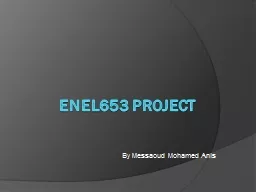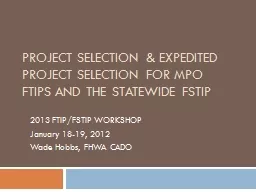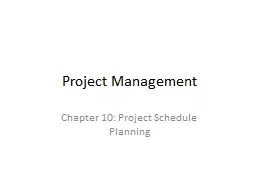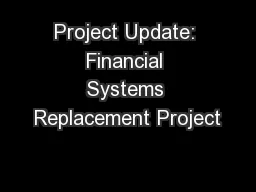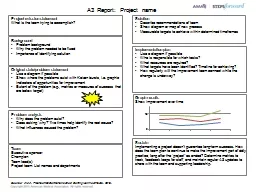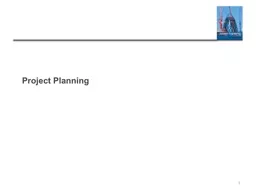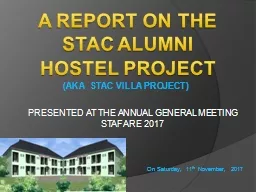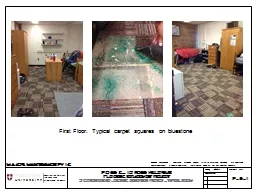PPT-ENEL653 Project
Author : test | Published Date : 2016-08-01
By Messaoud Mohamed Anis Outline FFT divide and conquer algorithm ADSP21469 FFT coprocessor Background telemetry channels Hum detector application 2 33 Discrete
Presentation Embed Code
Download Presentation
Download Presentation The PPT/PDF document "ENEL653 Project" is the property of its rightful owner. Permission is granted to download and print the materials on this website for personal, non-commercial use only, and to display it on your personal computer provided you do not modify the materials and that you retain all copyright notices contained in the materials. By downloading content from our website, you accept the terms of this agreement.
ENEL653 Project: Transcript
Download Rules Of Document
"ENEL653 Project"The content belongs to its owner. You may download and print it for personal use, without modification, and keep all copyright notices. By downloading, you agree to these terms.
Related Documents

